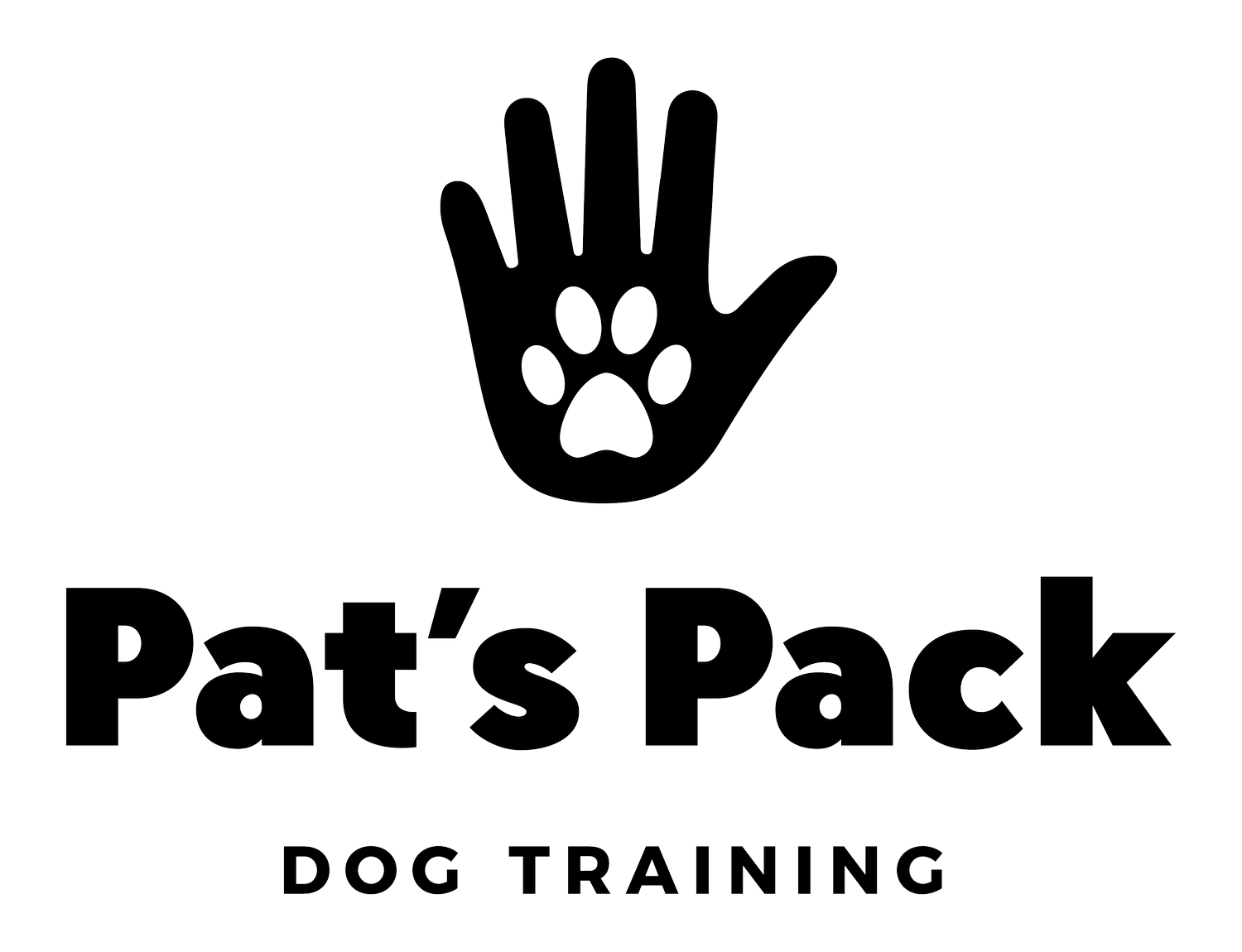Is Your Dog Well-Trained Or Well-Behaved?
Hey there, folks! Let me share a tale about my friend's new Boxer pup, Ella. My friend was over the moon, thinking Ella was a perfectly trained pup. Boy, was I in for a surprise!
I arrived at my friend's house, and before I knew it, Ella was barking and jumping all over me. Now, my friend was eager to prove Ella's skills at just 3 months old. But instead of showing off, Ella went on a wild chase after the poor cat. Talk about chaos!
My friend attempted to call Ella, but she paid no attention and continued her crazy chase. It turned into a game of "You can't catch me!" I couldn't help but chuckle as my friend desperately tried to get Ella's attention.
Finally, my friend resorted to treats to grab Ella's focus. With a series of commands, Ella aced every trick thrown at her. My friend proudly declared, "Isn't she a well-behaved pup?!"
That's when it hit me—many people confuse being well-trained with being well-behaved. Let me tell you, Ella was definitely not well-behaved, despite her tricks.
I had a good laugh with my friend, educated her on the difference between the two, and got her permission to spill the beans. It was a valuable lesson for her to understand the importance of having a well-behaved pup alongside training.
Now, let me give you the same advice I gave my friend. Lots of dog owners believe that teaching tricks is the key to a well-behaved pooch. But let me tell you, tricks alone don't cut it.
As a dog behaviorist and trainer, I know that anyone can teach a dog to do tricks for treats. The real challenge lies in understanding their behaviors and making positive changes.
I work with dogs on a deeper level, connecting with them and addressing their unique needs to achieve the highest level of good behavior possible.
Ella is a classic example of a well-trained, but not well-behaved dog. While she nailed her tricks, she misbehaved in other areas like jumping and ignoring her owner's calls.
Given a choice, I'd pick a well-behaved dog over a well-trained one any day. But guess what? You can have both! Armed with the right skills and knowledge, you can raise a pup who's both well-behaved and well-trained.
One common mistake I've seen is owners thinking basic obedience solves all behavioral issues. Just because Ella knows how to shake doesn't mean she won't jump on people.
So, where do you start? Focus on cultivating good behavior before diving into tricks. Rehabilitating your pup and addressing unwanted behaviors is crucial but challenging. It's up to you to teach your dog what's appropriate in every situation.
Puppies have a lot to learn, so nip bad behaviors in the bud immediately! Prioritize listening, respect, crate training, potty training, leash walking, and proper socialization before you show off those fancy tricks.
Keep an eye out for any behaviors you don't want your furry friend to continue long-term. Don't fall for the myth that puppies will grow out of bad habits—they won't!
Remember, the longer you allow a behavior, the harder it is to change. So, start by having an all-around well-behaved dog with a solid foundation of basic obedience. Trust me, it'll be worth it!
Happy Dog Training!
